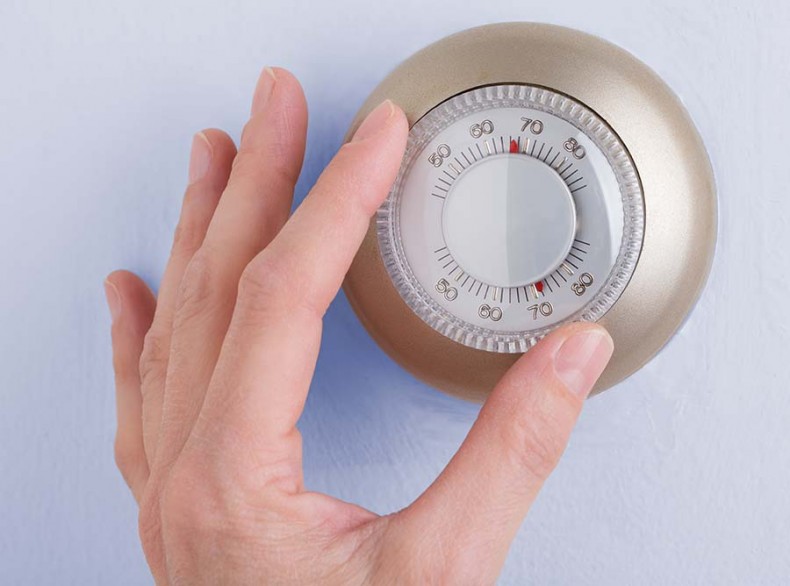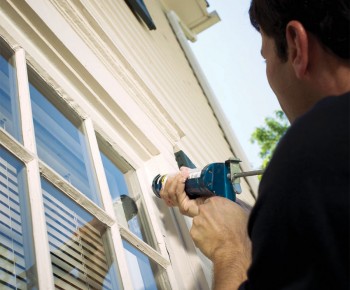How to set your thermostat for wintertime savings
By Hannah McKenzie
It’s good to experiment with settings to see what works best overall for your family.
Q: How do I set my thermostat to get the most energy savings in the winter?
A: All thermostats — smart and not-so-smart — can help most households use less energy. And while the amount of savings may vary, as grandmama would say, “a positive attitude can go a long way to achieving your goals.”
The U.S. Department of Energy suggests thermostat settings be 68 degrees F or lower in the winter and 78 degrees F or higher in the summer. But there is great potential for more savings if your family makes a few additional adjustments.
If you have a gas or oil furnace with your A/C, turning the thermostat back 7 degrees to 10 degrees for eight hours per day may save up to 10 percent a year on heating and cooling costs. A North Carolina family that spends an average of $210 per month on energy — or $2,520 per year — may save up to $87 on heating and $27 on cooling costs in a year.
Turning temperatures back on a heat pump in the winter can get a little more complicated. Not only will energy not be saved, but more energy may actually be used if the emergency heat strips are used to reheat the home back to its usual temperature. Fortunately when programmed in advance, most programmable thermostats designed for heat pumps will gradually heat the home with minimal help from the emergency heat strips that can help save energy.
There are several variables that make each household unique when trying to save energy with thermostats – family temperature preferences, home insulation levels, and HVAC system type. Keep an open mind and experiment to see what works best for your family. An HVAC professional or home energy professional can also help point out options for consideration.
A few additional tips to prevent all HVAC systems from unnecessarily draining your bank account include the following:
- Check the fan setting. The fan setting on the thermostat should generally be in the “Auto” position instead of the “On” position. “Auto” means the HVAC fan will only run when it is supposed to, rather than all the time. Making this correction may cause noticeable savings, which could be $100 or more per year.
- Change filters. Dirty HVAC filters slow down air flow and make your HVAC system work harder — wasting energy. Check filters monthly and change them when dirty. Mark your calendar so filter inspections become part of your home maintenance routine.
- Monitor windows and doors. Windows and doors — including storm windows and doors — should be closed and latched when the HVAC system is running. An unlatched window can leak air like an open window.
- Open vents. For your home to feel comfortable, all of the heated and cooled air needs to get into all the rooms. If furniture, such as beds or couches, are blocking the vents it might be time for some rearranging.
- Adjust temperatures wisely. Keep in mind that setting an extremely high temperature will not heat your home any faster. While programmable and smart thermostats advertise great savings, it is ultimately you and your family who determine if energy savings are gained and to what extent while you remain comfortable this winter.
-
Share this story:




